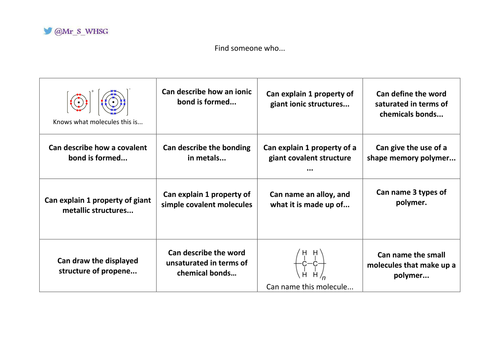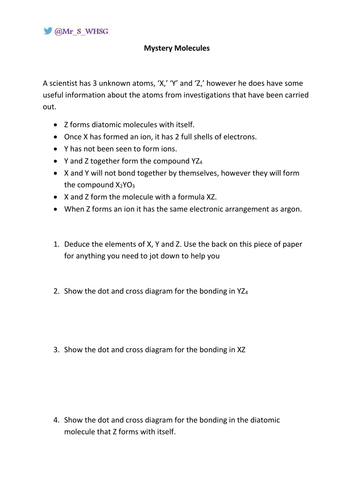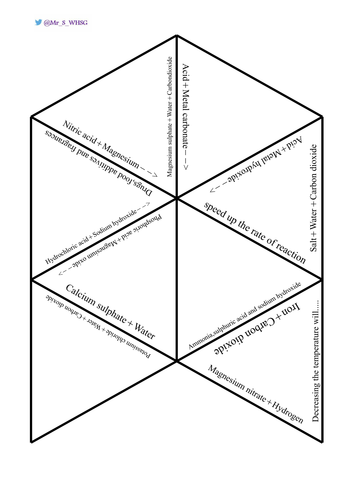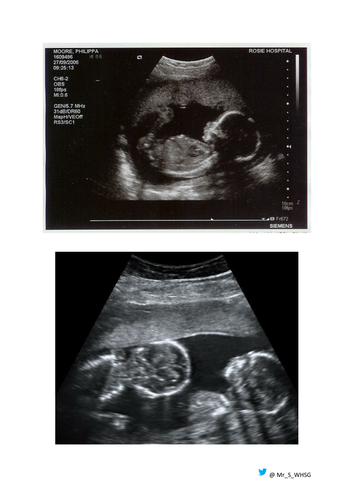Keep Calm & Teach Chemistry
A variety of resources mostly for teaching Chemistry: Presentations that support lessons or practical work. 'Interesting animations built into PowerPoint slides' Ideal for AQA Exam board. #Chemeducation for corrections and updates






